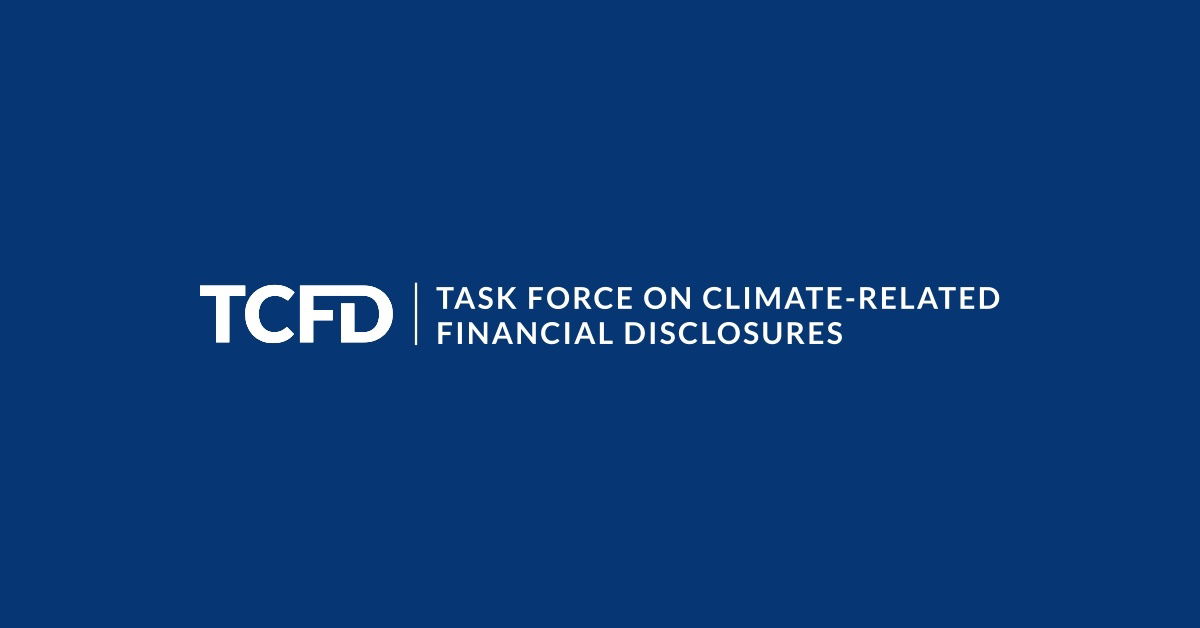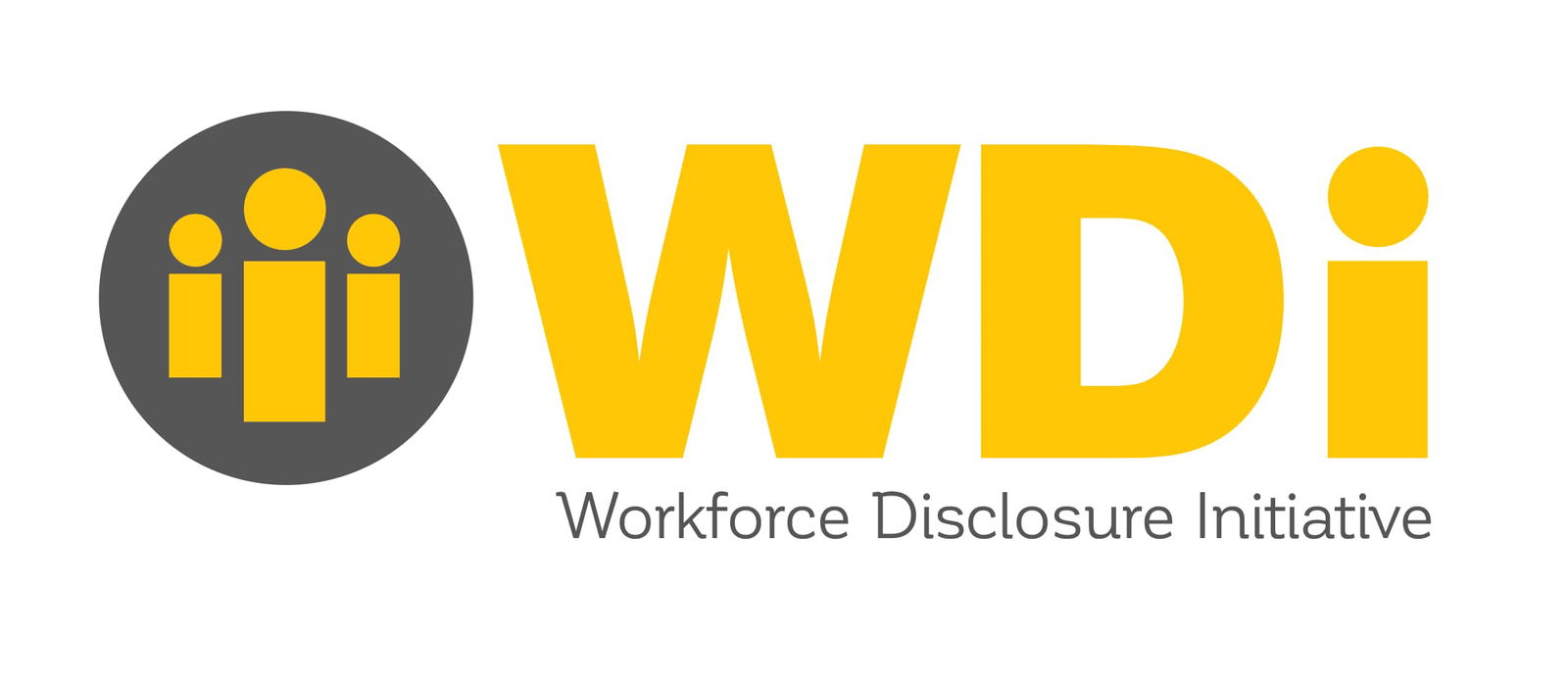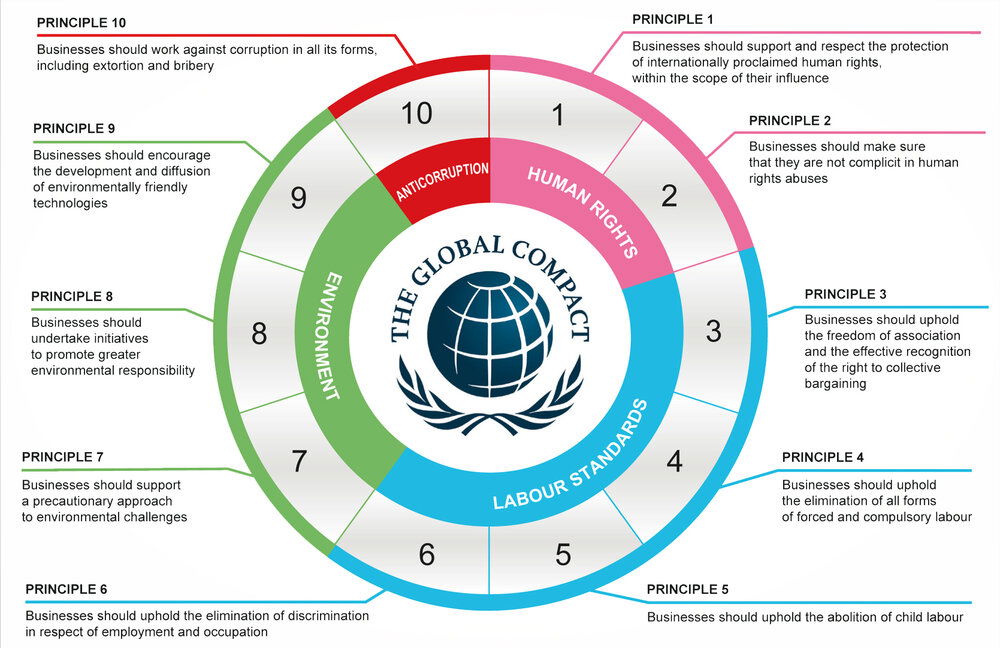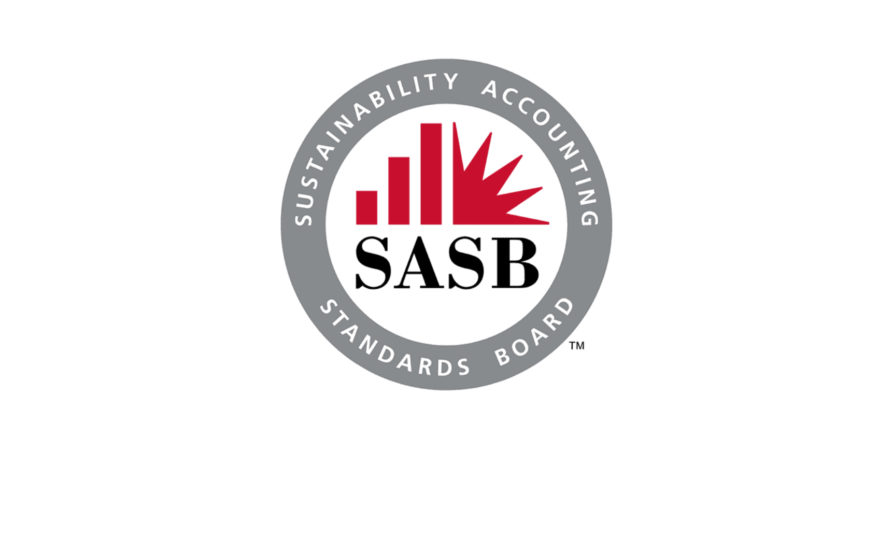Understanding ESG reporting frameworks: a comprehensive overview


· 13 min read
This article is part of our series to spread free & quality sustainability knowledge for all. Compare on Data Hub™ the sustainability performance of the largest ESG reporting firms: BlackRock, Vanguard, State Street, MSCI, and S&P Global.
ESG (Environmental, Social, and Governance) reporting has become an increasingly important aspect of corporate reporting in recent years. As investors and stakeholders demand greater transparency and accountability from companies, ESG reporting has emerged as a critical tool for measuring and communicating a company's sustainability performance.

However, with multiple ESG reporting frameworks available, choosing the right one for your company can be a daunting task. In this article, we will explore the different ESG reporting frameworks and provide a comprehensive guide to help you understand the key features and benefits of each framework. By the end of this article, you will have a clearer understanding of which ESG reporting framework is best suited to your company's needs.
ESG reporting frameworks serve as structured guidelines for companies to assess, measure, and disclose their environmental, social, and governance performance. These frameworks establish a common language and reporting format, enabling companies to report their sustainability practices and impacts systematically. By providing a standardized approach, ESG reporting frameworks facilitate comparability among companies, allowing stakeholders to evaluate and benchmark their ESG performance more effectively.
The basic components of ESG reporting frameworks typically include key performance indicators (KPIs), metrics, and disclosure guidelines. KPIs are specific data points or indicators that measure a company's performance in relation to ESG factors. These indicators may cover a wide range of topics, such as carbon emissions, employee diversity, community engagement, supply chain management, and board diversity, among others.
Metrics, on the other hand, are quantitative measurements used to quantify and track progress toward specific ESG goals. These metrics provide a quantitative basis for assessing and reporting ESG performance. Disclosure guidelines outline the recommended reporting practices and formats, ensuring that companies provide transparent and comprehensive information on their ESG initiatives.
While there are several ESG frameworks, only a handful are considered major. Some of the most widely recognized ESG reporting frameworks include the Global Reporting Initiative (GRI), the Sustainability Accounting Standards Board (SASB), and the Task Force on Climate-related Financial Disclosures (TCFD).
As you might have already guessed, there isn’t a one-size-fits-all ESG reporting framework. There are many of them. This section of the article explains the most prominent ESG reporting frameworks so that you can have the clarity needed to understand how they work.

The Global Reporting Initiative (GRI) is one of the most widely recognized and utilized voluntary reporting frameworks for sustainability reporting. According to a KPMG report, the GRI remains the most dominant standard used globally. GRI provides comprehensive guidelines and standards that help organizations measure, manage, and disclose their environmental, social, and governance (ESG) performance. The framework covers a broad range of sustainability topics and issues, enabling companies to report on their impacts and initiatives in a transparent and standardized manner.
GRI emphasizes the principles of materiality, stakeholder inclusiveness, and sustainability context, encouraging companies to identify and prioritize the ESG issues that are most significant to their business and stakeholders. The reporting framework consists of a set of reporting principles, indicators, and disclosure requirements that assist organizations in reporting their ESG performance effectively.

The Financial Stability Board created the Task Force on Climate-related Financial Disclosures with the aim of developing a set of voluntary climate-related financial risk disclosures. Ideally, these disclosures would be adopted by companies. Ultimately, the disclosures would help inform investors and other members of the public about the risks they face related to climate change.
The body’s first recommendation was released in 2017. It focuses on four core elements: governance, strategy, risk management, and climate-related metrics and targets. The task force is made up of 31 members from across the G20.

The Carbon Disclosure Project (CDP) is a global environmental disclosure platform that works with companies, investors, cities, and regions to measure and disclose their environmental impact, particularly in relation to carbon emissions. The CDP collects data from thousands of organizations worldwide, encouraging them to measure and disclose their greenhouse gas emissions, climate risks, and environmental strategies.
The primary focus of the CDP is to address climate change by driving transparency and accountability in corporate reporting. It provides a standardized platform for companies to report their carbon emissions and climate-related data using the CDP questionnaire. This questionnaire covers a wide range of topics, including emissions data, climate risk assessment, carbon reduction targets, and initiatives to mitigate environmental impacts. By participating in the CDP, companies are able to benchmark their performance against industry peers, identify areas for improvement, and demonstrate their commitment to addressing climate change.
The CDP's data and insights are utilized by investors, governments, and other stakeholders to make informed decisions regarding climate-related risks and opportunities. Investors rely on CDP data to assess companies' environmental performance and integrate climate-related considerations into their investment strategies. Governments and policymakers use CDP data to inform climate change policies and regulations, while NGOs and advocacy groups leverage the information to advocate for sustainable practices and drive change.
Responding companies are usually assessed across four consecutive levels, which represent the steps. A responding company moves through as it progresses towards environmental stewardship. These levels are:

The Workforce Disclosure Initiative (WDI) is an international campaign aimed at driving transparency and accountability in corporate reporting on workforce issues. Led by ShareAction, a nonprofit organization advocating for responsible investment, the WDI encourages companies to disclose relevant information about their workforce practices, including labor rights, employee well-being, diversity and inclusion, and supply chain management.
The WDI recognizes that a company's workforce is a critical component of its long-term success and sustainability. By focusing on workforce-related disclosure, the initiative seeks to promote fair and equitable treatment of employees, ensure safe and healthy working conditions, and address labor rights violations across global supply chains.
Through engagement with investors, the WDI encourages companies to report on key workforce indicators and metrics. These may include employee turnover rates, gender and racial diversity statistics, training and development programs, health and safety measures, and fair wage policies. By collecting and disclosing this data, companies not only provide transparency to investors but also foster a culture of accountability and continuous improvement within their organizations.
The WDI leverages investor influence to encourage companies to improve their workforce practices. The WDI investor coalition comprises more than 50 institutions with $10 trillion in assets under management. ShareAction works with institutional investors to engage with companies, urging them to adopt responsible workforce policies and disclose relevant information. This collaborative approach encourages companies to proactively address workforce issues and align their practices with international labor standards and best practices.
The initiative also recognizes the significance of supply chain management and calls for greater transparency in this area. It encourages companies to disclose information about their efforts to address labor rights violations, promote fair wages, and ensure safe working conditions within their supply chains. By doing so, companies can mitigate the risk of reputational damage, improve supplier relationships, and contribute to positive social and environmental outcomes.
The WDI framework is similar to the CDP disclosure system. Companies fill out a survey online and are subsequently graded and given a scorecard. The Workforce Disclosure Initiative serves as a catalyst for change by raising awareness, fostering dialogue between investors and companies, and driving improvements in workforce practices. Through its collaborative and engagement-based approach, the initiative aims to create a more equitable and sustainable working environment where companies prioritize the well-being and rights of their employees throughout their operations and value chains.

The United Nations Global Compact is a voluntary initiative that encourages businesses and organizations to align their operations and strategies with ten universally accepted principles in the areas of human rights, labor, environment, and anti-corruption. It serves as a platform for companies to demonstrate their commitment to responsible and sustainable business practices while also advancing the broader goals of the United Nations.
Launched in 2000, the Global Compact has become the world's largest corporate sustainability initiative, with thousands of participating companies from various sectors and countries. The ten principles of the Global Compact are derived from internationally recognized declarations and conventions, including the Universal Declaration of Human Rights, the International Labour Organization's Declaration on Fundamental Principles and Rights at Work, the Rio Declaration on Environment and Development, and the United Nations Convention Against Corruption.

By joining the Global Compact, companies commit to integrating the principles into their strategies, operations, and culture and to report on their progress publicly. This includes implementing measures to protect human rights, ensure fair labor practices, promote environmental sustainability, encourage social sustainability, and combat corruption. Through the initiative, companies are encouraged to set goals and targets, engage in partnerships, and drive innovation to advance sustainable development.
In addition to the ten principles, the Global Compact also offers a range of resources, guidance, and platforms for learning and collaboration. These include issue-focused platforms and initiatives on topics such as gender equality, sustainable supply chains, and climate action. The Global Compact actively encourages companies to share best practices, participate in collective action, and contribute to sustainable development goals at local, regional, and global levels.
The United Nations Global Compact plays a vital role in mobilizing businesses to be agents of positive change. By promoting responsible and sustainable practices, the initiative contributes to the advancement of human rights, social progress, environmental stewardship, and the fight against corruption. Through its multi-stakeholder approach, the Global Compact fosters collaboration between businesses, governments, civil society organizations, and other stakeholders, leading to collective action and impactful outcomes in pursuit of a more inclusive and sustainable world.
 On June 9, 2021, the International Integrated Reporting Council (IIRC) and the Sustainability Accounting Standards Board (SASB) merged to form the Value Reporting Foundation (VRF). Subsequently, the Value Reporting Foundation consolidated into the International Financial Reporting Standards (IFRS) Foundation to support the new International Sustainability Standards Board (ISSB) and develop a comprehensive global baseline of sustainability disclosures for the capital markets. The VRF supports business and investor decision-making with three key resources:
On June 9, 2021, the International Integrated Reporting Council (IIRC) and the Sustainability Accounting Standards Board (SASB) merged to form the Value Reporting Foundation (VRF). Subsequently, the Value Reporting Foundation consolidated into the International Financial Reporting Standards (IFRS) Foundation to support the new International Sustainability Standards Board (ISSB) and develop a comprehensive global baseline of sustainability disclosures for the capital markets. The VRF supports business and investor decision-making with three key resources:
The SASB Standards are an important starting point for the development of the IFRS Sustainability Disclosure Standards. The Integrated Reporting Framework offers the connectivity needed between sustainability-related financial disclosures and financial statements. The Integrated Thinking Principles are Purpose, Strategy, Risks and Opportunities, Culture, Governance, and Performance. These concepts are intended to be incorporated into a company's business model and applied to critical activities handled by its board of directors and senior management team. Overall, the IFRS simplifies the sustainability disclosure landscape as demanded by companies, regulators, and investors.
ESG framework refers to a structured set of guidelines, principles, and standards that help companies assess, measure, manage, and report on their environmental, social, and governance (ESG) performance. These frameworks provide a guideline for companies to consider and address the impact of their operations on various ESG factors. ESG frameworks enable companies to integrate sustainability considerations into their decision-making processes and demonstrate their commitment to responsible business practices. By following an ESG framework, companies can improve transparency, manage risks, identify opportunities, and meet the expectations of stakeholders who are increasingly interested in sustainable and socially responsible business practices.
There are several ESG frameworks in use today, developed by various organizations and industry groups. Some of the most widely recognized ESG frameworks include the Global Reporting Initiative (GRI), Task Force on Climate-related Financial Disclosures (TCFD), and the United Nations Global Compact (UNGC), among others.
To do ESG reporting, companies typically follow these steps:
Choosing the right ESG framework depends on various factors, including industry, company size, geographic location, and stakeholder expectations. Here are some steps to help you determine which ESG framework to use:
Ultimately, the choice of an ESG framework should align with your company's values, industry context, stakeholder expectations, and reporting objectives. Companies may adopt multiple frameworks or align their reporting with several frameworks to address different stakeholder needs and enhance transparency.
The components of ESG reporting are environmental impact, social impact, and governance practices.

ESG reporting has become increasingly important for companies that are committed to sustainability, transparency, and responsible business practices. By reporting on environmental, social, and governance factors, companies can effectively communicate their impacts, initiatives, and progress to stakeholders. ESG reporting enables companies to identify and address material ESG issues, manage risks, seize opportunities, and enhance their long-term resilience.
In addition, it facilitates accountability, drives positive change, and fosters trust among investors, customers, employees, and communities. As ESG considerations gain prominence in investment decisions and regulatory requirements, companies that embrace robust ESG reporting practices are better positioned to attract capital, enhance brand reputation, and maintain a competitive advantage. Ultimately, ESG reporting is a powerful tool for companies to integrate sustainability into their core business strategy and contribute to a more sustainable and inclusive future.
illuminem's Data Hub™ tracking sustainability performance data of the largest ESG reporting firms: BlackRock, Vanguard, State Street, MSCI, and S&P Global.
About | Task Force on Climate-Related Financial Disclosures (TCFD). (2022, December 19). Task Force on Climate-Related Financial Disclosures. https://www.fsb-tcfd.org/about/#history
CDP Scoring Introduction 2023. (n.d.). https://cdn.cdp.net/cdp-production/cms/guidance_docs/pdfs/000/000/233/original/Scoring-Introduction.pdf?1639144388
IFRS - IFRS Foundation completes consolidation with Value Reporting Foundation. (n.d.). https://www.ifrs.org/news-and-events/news/2022/08/ifrs-foundation-completes-consolidation-with-value-reporting-foundation/#1
IIRC and SASB officially merge. (n.d.). https://www.iasplus.com/en/news/2021/06/vrf
Shulman, J. (2022, September 8). Big shifts, small steps. KPMG. https://kpmg.com/xx/en/home/insights/2022/09/survey-of-sustainability-reporting-2022.html
The Ten Principles | UN Global Compact. (2023, May 9). https://unglobalcompact.org/what-is-gc/mission/principles
What are ESG Frameworks? | IBM. (n.d.). https://www.ibm.com/topics/esg-frameworks
Workforce Disclosure Initiative. (2023, March 30). ShareAction. https://shareaction.org/investor-initiatives/workforce-disclosure-initiative
Alex Hong

Energy Transition · Energy
Steven W. Pearce

Adaptation · Mitigation
John Leo Algo

Ethical Governance · Environmental Sustainability
Responsible Investor

AI · Sustainable Finance
Responsible Investor

Sustainable Finance · ESG
Responsible Investor

ESG · Sustainable Finance